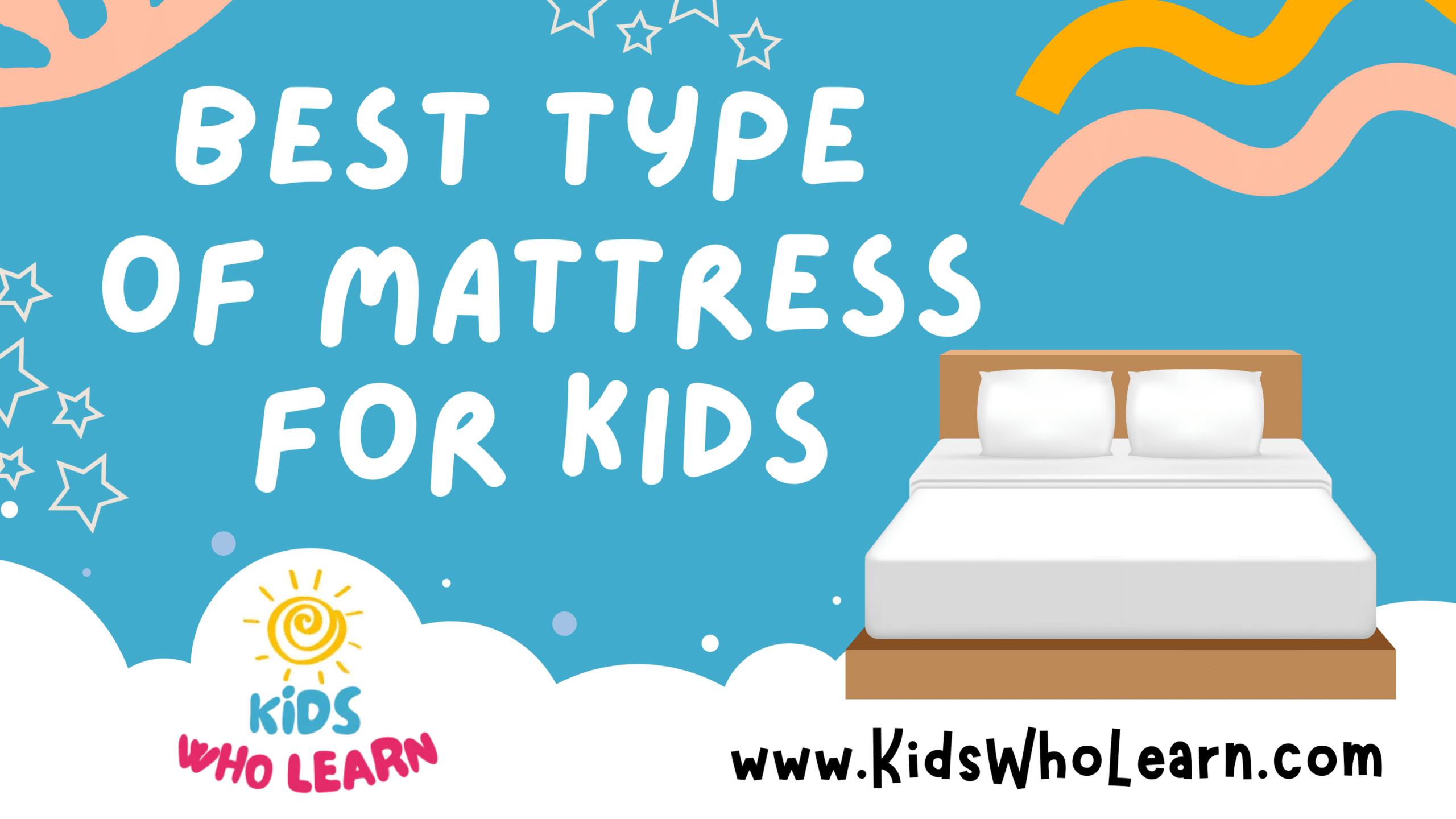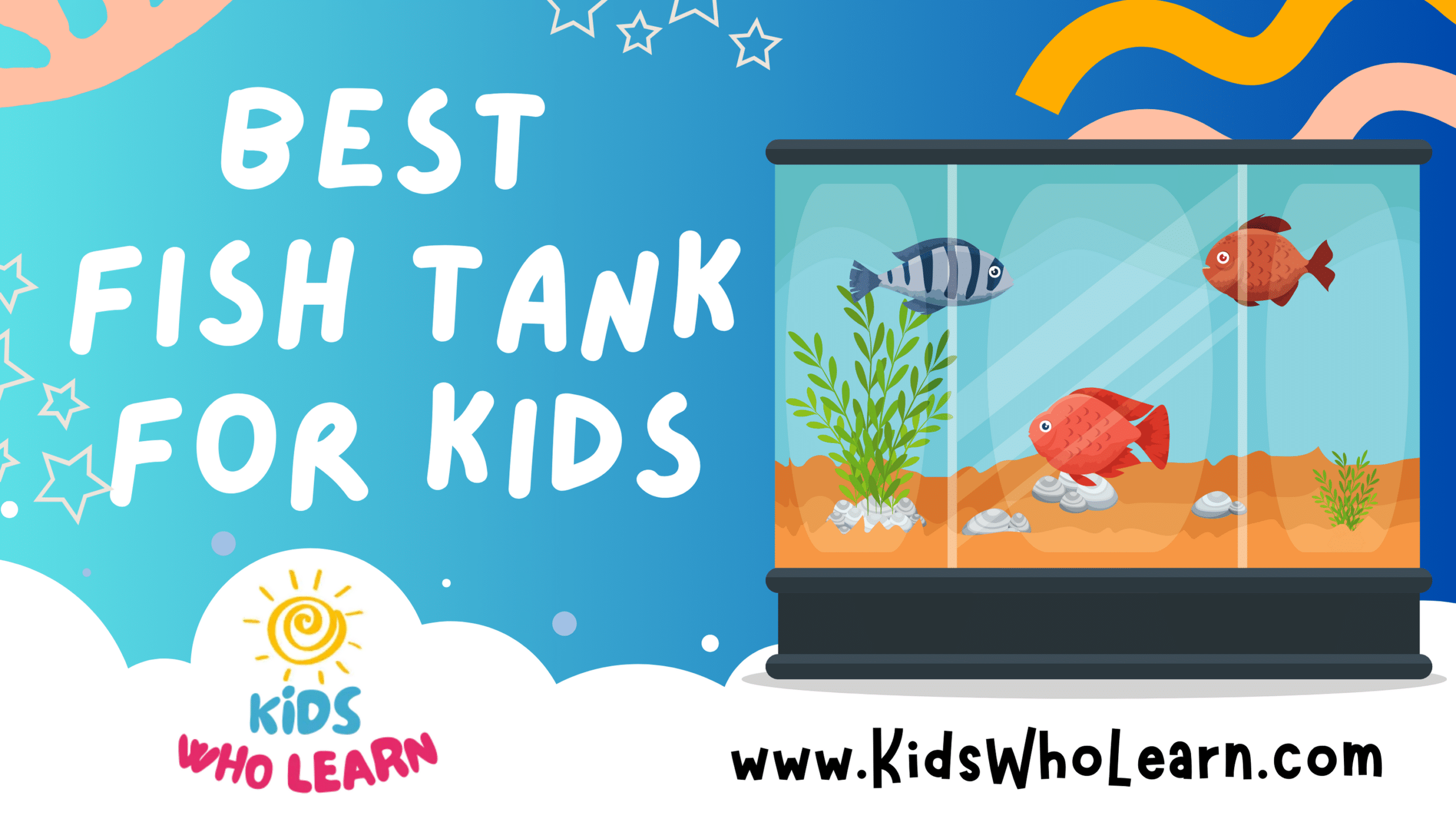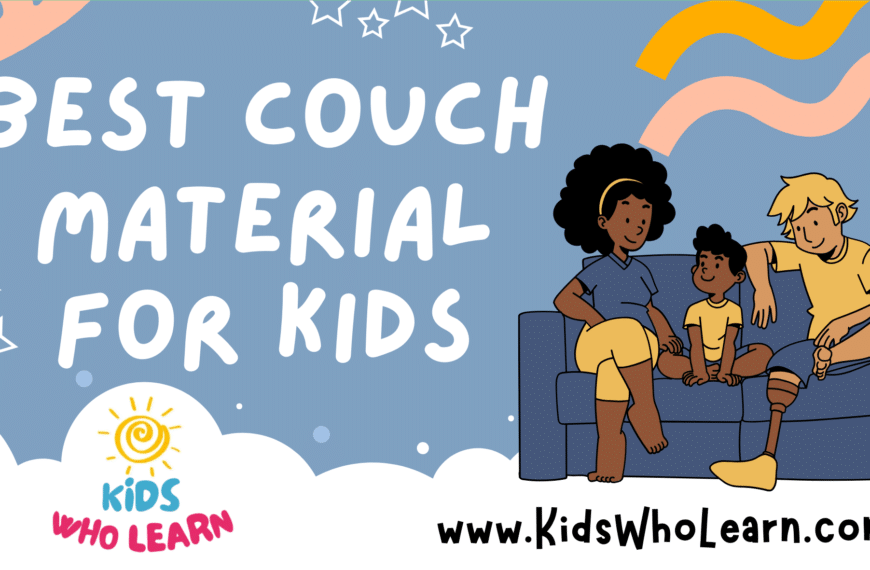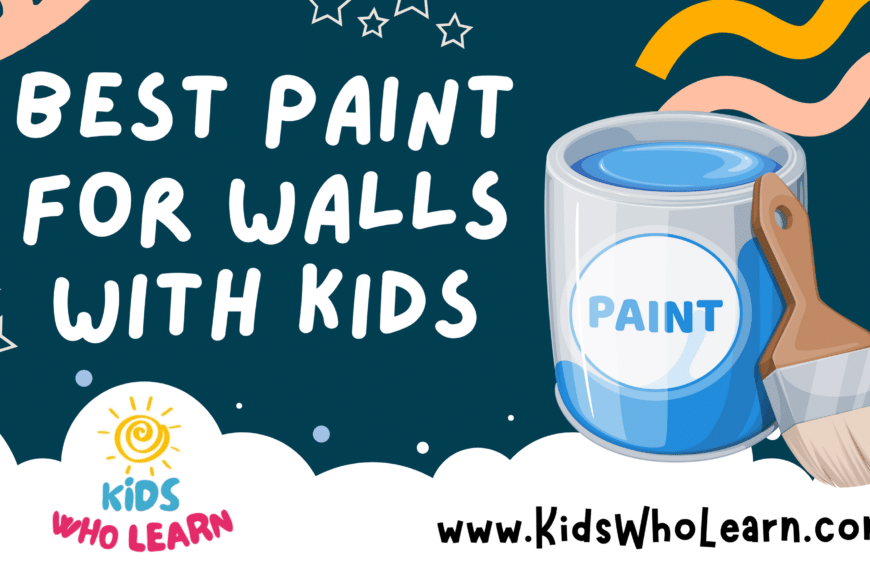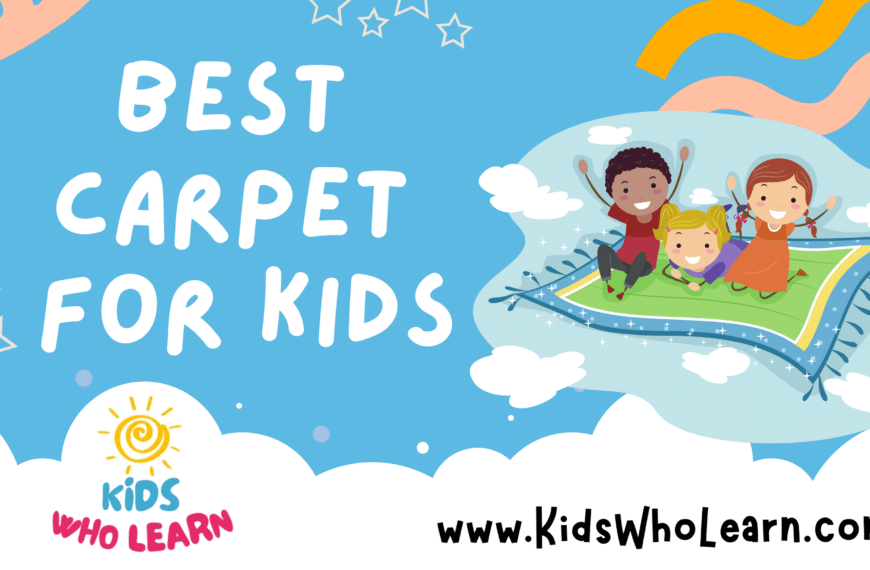Selecting the right mattress is crucial for your child’s sleep quality and spinal development. A good mattress not only supports your child throughout the night but also plays an integral role in their overall health and well-being. It’s important to understand the different types of mattresses available and how each one can cater to the specific needs of growing children.
When considering a mattress for kids, focus on the firmness, material, and size that will best support their growing bodies. Health and safety features should be paramount, with attention given to certifications that ensure the mattress is free from harmful chemicals. Additionally, consider the longevity of the mattress, how it will fit with your child’s growth, and its ease of cleaning.
Key Takeaways
- A quality mattress supports growth and ensures comfortable sleep for children.
- Health and safety features, including certifications, are critical in choosing a kid’s mattress.
- Consider longevity and ease of maintenance when selecting a mattress for long-term use.
Understanding Mattress Types
Selecting the right type of mattress is critical for your child’s comfort and spine health. Each type of mattress offers different benefits and support features.
Memory Foam Mattresses
Memory foam mattresses conform to the body’s contours, providing excellent support and pressure relief. Your child’s spine alignment will be maintained throughout the night due to the responsive and supportive nature of memory foam.
Pros:
- Contouring Support: Helps in maintaining proper spine alignment.
- Motion Isolation: Your child won’t be easily disturbed by movements on the bed.
Cons:
- Heat Retention: Memory foam can retain body heat, which might be uncomfortable in warmer climates.
- Initial Odor: New memory foam mattresses may release an off-gassing smell that dissipates over time.
Innerspring Mattresses
Innerspring mattresses are traditional and have a bouncy feel due to wire coils that provide the support structure. This mattress type encourages air flow, which keeps the sleeping surface cooler.
Pros:
- Cooling: The space between springs allows for better airflow.
- Firmer Support: Offers a firmer sleep surface, often preferred for back and stomach sleepers.
Cons:
- Noise: Springs may squeak over time with movement.
- Less Contour: These may not contour as closely to the body, potentially leading to pressure points.
Hybrid Mattresses
Hybrid mattresses combine layers of memory foam or latex on top of an innerspring system, offering a mix of softness and support. They are designed to provide the advantages of both foam and innerspring models.
Pros:
- Balanced Feel: Combines the contouring of memory foam and the support of springs.
- Edge Support: The innerspring core often offers better edge support.
Cons:
- Price: Hybrid mattresses can be more expensive than other types.
- Weight: Combining materials may result in a heavier mattress, making it more difficult to move.
Key Considerations for Kids’ Mattresses
When selecting a mattress for your child, prioritize their comfort and support, and consider long-term durability. Ensure the materials are hypoallergenic and appropriate for your child’s needs, and choose a size that fits their bed frame and room.
Support and Comfort
You want to look for a mattress that provides adequate support for your child’s developing body. A good mattress should keep the spine in alignment and help in preventing discomfort or back pain. Memory foam and innerspring mattresses with a high coil count are known for good support and contouring comfort.
Firmness and Durability
The firmness of a mattress is crucial and should be appropriate for your child’s age and weight. A medium-firm mattress is often recommended as it combines comfort with necessary support. For durability, look for a mattress that holds its shape and performance over time to withstand the growth and energy of your child.
| Firmness Level | Recommended For |
|---|---|
| Soft | Toddlers |
| Medium-Firm | Older children |
| Firm | Teenagers and heavy wear |
Materials and Allergies
Your child’s mattress should be made from hypoallergenic materials to limit exposure to allergens. Materials like natural latex or organic cotton are known for their hypoallergenic properties. Avoid materials that can harbor dust mites or that are treated with harsh chemicals.
- Natural Latex – Resists dust mites and mildew.
- Organic Cotton – Chemical-free and breathable.
Mattress Size and Bed Frame Compatibility
It’s essential to match the mattress size to your child’s bed frame and the available space in their room. A mattress that is too small or too large can cause discomfort or practical issues. Standard mattress sizes such as twin or full can be good choices, depending on the size of the room and the bed frame you’re pairing with the mattress.
- Twin Size – Fits most child-sized bed frames, ideal for limited spaces.
- Full Size – Offers more space, suitable for growing kids.
Remember to measure your child’s bed frame to ensure that the new mattress will fit correctly.
Health and Safety Features
When choosing a mattress for your child, prioritizing health and safety features is crucial. These aspects ensure a safe sleeping environment, reducing risks of exposure to harmful substances and allergens.
Harmful Chemicals and Off-Gassing
Mattresses can emit volatile organic compounds (VOCs) through a process known as off-gassing, which may be harmful to your child’s health. Look for mattresses that are advertised as having low-VOC or are certified organic to minimize exposure to these chemicals. Avoiding mattresses with known harmful chemicals, such as formaldehyde, benzene, and naphthalene, is also essential.
| Common Harmful Chemicals | Health Impacts |
|---|---|
| Formaldehyde | Irritation of skin, eyes, nose; potential carcinogen |
| Benzene | Long-term exposure linked to blood disorders |
| Naphthalene | Respiratory issues, skin irritation |
Water-Resistant and Hypoallergenic Options
Mattresses with a water-repellent finish are beneficial for children as they are easier to keep clean and dry, reducing the risk of mold and mildew growth. A hypoallergenic mattress, on the other hand, is specifically designed to prevent allergens such as dust mites and pet dander from accumulating. Choose hypoallergenic mattresses that cater to your child’s needs, especially if they have allergies or asthma.
- Features to Consider:
- Water-resistant coverings
- Breathable materials
- Hypoallergenic fabrics
Certifications and Standards
To ensure the mattress you select meets specific health and environmental standards, look for third-party certifications. The Greenguard Gold certification signifies that a product meets rigorous standards for low emissions of VOCs. Checking for certifications gives you confidence that the product is safer for your child’s use.
- Notable Certifications:
- Greenguard Gold Certified
- CertiPUR-US Certified Foam
- Organic Content Standard (OCS)
Choose mattresses that provide certification labels to verify their quality and safety. This adds an extra layer of assurance that your child is sleeping on a mattress designed with their health in mind.
Specific Mattress Recommendations
When choosing the best mattress for your child, it’s important to consider firmness, durability, and materials that cater to a growing body. The following are highly regarded options that embody these key attributes.
Saatva Youth Mattress
The Saatva Youth Mattress is designed to support your child’s development from the ages of 3 to 12. Its dual-sided design offers two firmness levels: one side is ideal for ages 3-7, while the other is more appropriate for ages 8-12.
- Firmness: Flippable; one side firm, one side medium-firm
- Material: Eco-friendly, hypoallergenic materials
- Sizes Available: Twin, Twin XL, Full
Helix Kids Mattress
Helix Kids Mattress caters to children’s needs with its specialized design. Crafted to deliver the necessary support for growing bodies, it remains a favorite among families.
- Firmness: Medium
- Material: Breathable hybrid construction
- Sizes Available: Twin, Twin XL
Avocado Eco Organic Kids Mattress
The Avocado Eco Organic Kids Mattress is celebrated for its non-toxic and eco-friendly materials, ensuring a healthy sleep environment for your child.
- Firmness: Medium-firm
- Material: Organic cotton, wool, and latex
- Sizes Available: Twin, Twin XL, Full
Comfort and Sleep Quality
When choosing a mattress for your child, it’s essential to consider features that contribute to restorative sleep. Factors like pressure relief and spinal alignment are crucial, as are temperature regulation and motion isolation for overall comfort.
Pressure Relief and Spinal Alignment
Your child’s growing body needs a mattress that offers adequate pressure relief to reduce the risk of pressure points. Memory foam and latex are materials that can contour to the body, supporting areas like the shoulders and hips. Proper spinal alignment is just as important; a medium-firm mattress typically maintains a neutral spine position, which is essential for your child’s musculoskeletal development.
- Materials for Pressure Relief: Memory Foam, Latex
- Spinal Alignment Support: Medium-Firm Mattress
Temperature Regulation for Hot Sleepers
For children who tend to sleep hot, a mattress with good temperature regulation is key. Breathable materials such as cotton and wool in the cover, combined with cooling technologies in foams or gels, can provide a comfortable sleep environment by dissipating heat.
- Cooling Technologies: Gel-infused foam, Phase-change materials
- Breathable Cover Materials: Cotton, Wool
Motion Isolation and Bounce
Motion isolation minimizes the transfer of movement, allowing your child to sleep undisturbed if they toss and turn. Memory foam mattresses excel in this area. On the other hand, a mattress with some bounce can be beneficial for children who are active sleepers, as it allows them to reposition easily. Innerspring and hybrid models offer a good balance between motion isolation and responsiveness.
- Best for Motion Isolation: Memory Foam
- Balanced Motion Isolation and Bounce: Innerspring, Hybrid Models
Additional Features and Benefits
When choosing the best mattress for your child, pay attention to features that enhance comfort and longevity. Let’s explore flippable designs, edge support, and cooling technologies that could make all the difference for a growing child.
Flippable Designs and Dual-Sided Firmness
A mattress with flippable design offers two types of firmness in one, allowing you to flip the mattress as your child grows and their comfort needs change. This option not only provides the versatility of dual-sided firmness but also extends the lifespan of the mattress, making it a cost-effective choice.
- Toddler Side: Softer for comfort
- Adolescent Side: Firmer for support
Edge Support and Motion Transfer
Edge support is crucial if your child tends to sit on the edge of the bed. Mattresses with excellent edge support ensure a stable, supportive seating and sleeping surface across the entire mattress. Additionally, a mattress with low motion transfer is beneficial if your child moves a lot during sleep, as it isolates movement and can help them sleep undisturbed.
- Edge Support: Reinforced edges for stability
- Motion Transfer: Minimal disturbance
Breathable Covers and Cooling Technology
For a child who overheats at night, a mattress with a breathable cover and cooling technology can provide a more comfortable sleep environment. The cover encourages air circulation, while cooling technology, often infused in the mattress materials, helps to regulate temperature.
- Breathable Cover: Enhances airflow
- Cooling Mattress: Maintains a comfortable temperature
Practical Considerations for Parents
When selecting a mattress for your child, it’s essential that you consider ease of cleaning, warranty and customer service, as well as value for money and long-term investment. Here are some specific details to guide you through the process.
Ease of Cleaning and Maintenance
Your child’s mattress will inevitably face spills and stains, so a machine washable cover is a vital feature. Look for mattresses that can easily be disassembled to allow for regular cleaning. Additionally, materials that are resistant to dust mites and allergens can greatly simplify maintenance.
Warranty and Customer Service
A reliable warranty can offer peace of mind. When assessing warranties, check the duration – options range significantly, from a few years to a lifetime warranty. Additionally, consider mattresses that offer a 365-night trial; this gives you ample time to determine if the mattress is a good fit for your child’s needs. Customer service should be accessible and helpful, ready to assist with any warranty claims or inquiries.
Value for Money and Long-Term Investment
While affordability is important, you should also look for a mattress that represents a long-term investment for your child. An affordable price point that doesn’t compromise on quality is ideal. In the long run, a durable mattress that can adapt to your child’s changing needs can prove to be a more economical choice than buying new ones as they grow. A mattress that supports your child’s growth could last well into their teenage years.
Conclusion
When choosing the best mattress for your child, comfort, support, and durability are key criteria. The mattress should match their growth needs and align with safety standards.
- Innerspring mattresses tend to be firm and supportive, good for children’s developing bones.
- Memory foam can adapt to the child’s body shape, providing a good balance of comfort and support.
- Latex mattresses are durable and hypoallergenic, a wise choice for children with allergies.
Consider a mattress with a washable cover for easy cleaning, and ensure the mattress size is compatible with your child’s bed frame.
Remember, a quality mattress is an investment in your child’s health and well-being, contributing to better sleep and development. Choose a mattress with the following attributes in mind:
| Consideration | Why It’s Important |
|---|---|
| Material | Affects comfort, breathability, and longevity. |
| Firmness | Supports growth and spinal alignment. |
| Size | Should fit the bed frame and accommodate growth. |
| Hypoallergenic | Reduces allergy risks. |
Adaptability is also important; children grow quickly, and a mattress that suits a range of ages can be more cost-effective.
Pro tip: Always check the warranty and trial period to ensure that the mattress meets your expectations before making a long-term commitment.
Frequently Asked Questions
When selecting a mattress for your child, consider firmness, material, size, and age appropriateness to ensure comfort and support for a good night’s sleep.
How do I select the appropriate mattress firmness for my child?
Choose a mattress with a medium firmness to support your child’s growing body. A too-soft mattress can impede proper spine alignment, while a too-firm mattress might be uncomfortable.
What are the benefits of a foam mattress versus a spring mattress for children?
Foam mattresses provide even support and contour to your child’s body, reducing pressure points. Spring mattresses offer more bounce and better air circulation, which may be preferable for active sleepers.
Can you recommend the best twin-sized mattress for children?
A good twin-sized mattress for children should have a supportive core and a comfortable top layer, such as a high-density foam mattress with a breathable cover to ensure durable support and comfort.
What should I look for when choosing a mattress for a four-year-old?
For a four-year-old, look for hypoallergenic materials to minimize the risk of allergies, water-resistant covers to handle accidents, and a mattress that offers a combination of support and comfort tailored to young children.
Is a memory foam or a hybrid mattress more suitable for children’s beds?
A memory foam mattress is ideal for cradling the body and reducing motion transfer. A hybrid mattress, combining memory foam and springs, can provide a balance of comfort, support, and durability for children.
What factors are crucial to consider when purchasing a mattress for a child?
Key factors include mattress size, firmness, material safety, durability, and whether the mattress provides the appropriate support for your child’s age and weight. Also, consider if the mattress has a removable and washable cover.

